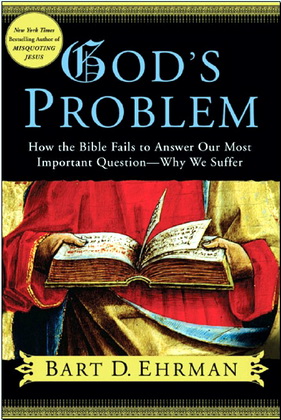
Altbauer – The Five Biblical Scrolls in a Sixteen-Century Jewish Translation into Belorussian

This study is devoted to the translations into Belorussian of the five biblical scrolls – the Song of Songs, Ruth, Lamentations, Ecclesiastes and Esther – included among the manuscripts of Bible translations in Cod. 262 of the Central Library of the Lithuanian Academy of Sciences in Vilnius. In addition to the scrolls, Cod. 262 contains the books of Job, Daniel, Proverbs and Psalms, as well as some other non-biblical texts. Dating from the late fifteenth or early sixteenth century, these are very likely the first East Slavic or indeed Slavic translations of biblical books – with the possible exception of the Song of Songs – made directly from the original Hebrew.
The aim of the present study is a linguistic analysis of these translations, to be undertaken from two points of view:
1. From a general Slavistic point of view, we wish to demonstrate that the language of the translations was the actual Belorussian vernacular of the day, which was gradually to develop into the Belorussian national literary language. The language of our translations is very different from that of other extant biblical translations, previous or contemporary, into East Slavic, for the language of the latter was basically Church Slavic with an admixture of some local features. This difference is manifest in every feature of the language: its phonetics, its morphology and its vocabulary. The different vocabulary is also, of course, related to the different sources of the translations; the other East Slavic translations were based mainly on the Septuagint in its various versions, on the Vulgate, and even on some earlier translations into West European languages, while ours were made from the Hebrew.
2. More specifically, we are interested in the actual technique of the translations – the extent to which they are both ‘literal’ and ‘concordant’ as defined by Nida. At times, indeed, we shall find relics of the ‘interlinear’ technique used in the earliest translations of the Bible into European languages, chiefly Yiddish. Our linguistic analysis aims to demonstrate that the translations published in this volume were in fact made directly from the original Hebrew using techniques identical with those adopted in most previous and contemporary Bible translations made by Jews. To this end we shall make extensive typological comparisons between the translations in Cod. 262 and translations into other languages of the Jewish Diaspora such as Yiddish and Ladino (Judaeo-Spanish).
Moshé Altbauer – The Five Biblical Scrolls in a Sixteen-Century Jewish Translation into Belorussian (Vilnius Codex 262) / Concordance compiled by Moshe Taube
Jerusalem: The Israel Academy of Sciences and Humanities, 1992. – 422 pp.
ISBN 965-208-100-0
Moshé Altbauer – The Five Biblical Scrolls in a Sixteen-Century Jewish Translation into Belorussian (Vilnius Codex 262) / Concordance compiled by Moshe Taube – Contents
Preface
List of Bibliographical Abreviations
I INTRODUCTION
1 The Provenance of the Translations
2 Description of the Manuscript
3 Textological Problems
4 Slavistic Analysis of the Translations
5 The Jewish Translation Technique
II TEXTS
Song of Songs
Ruth
Lamentations
Ecclesiastes
Esther
III NOTES TO THE TEXTS




Комментарии
Пока нет комментариев. Будьте первым!